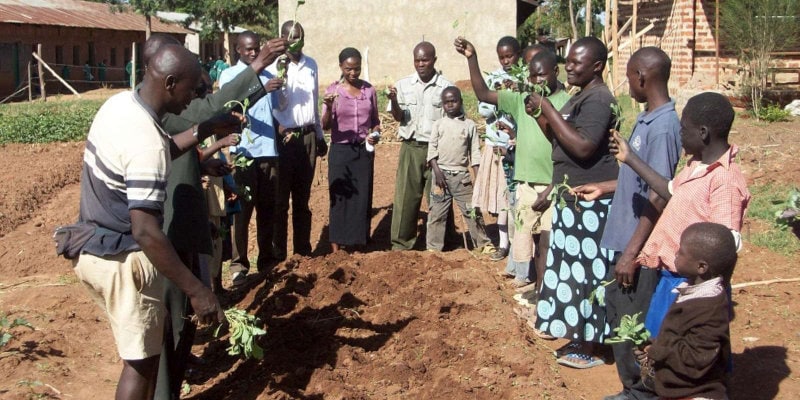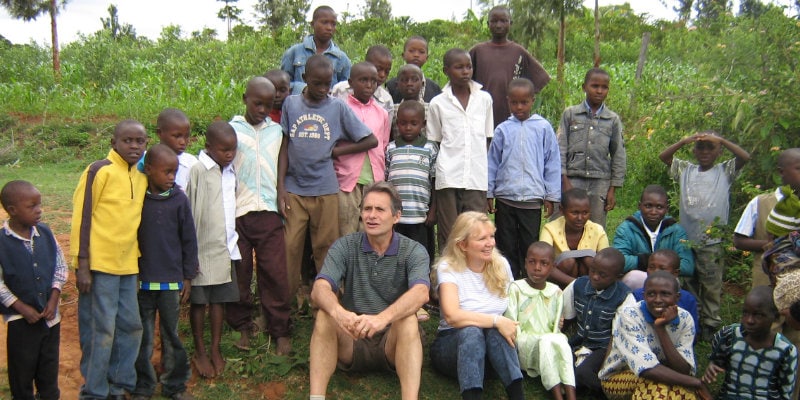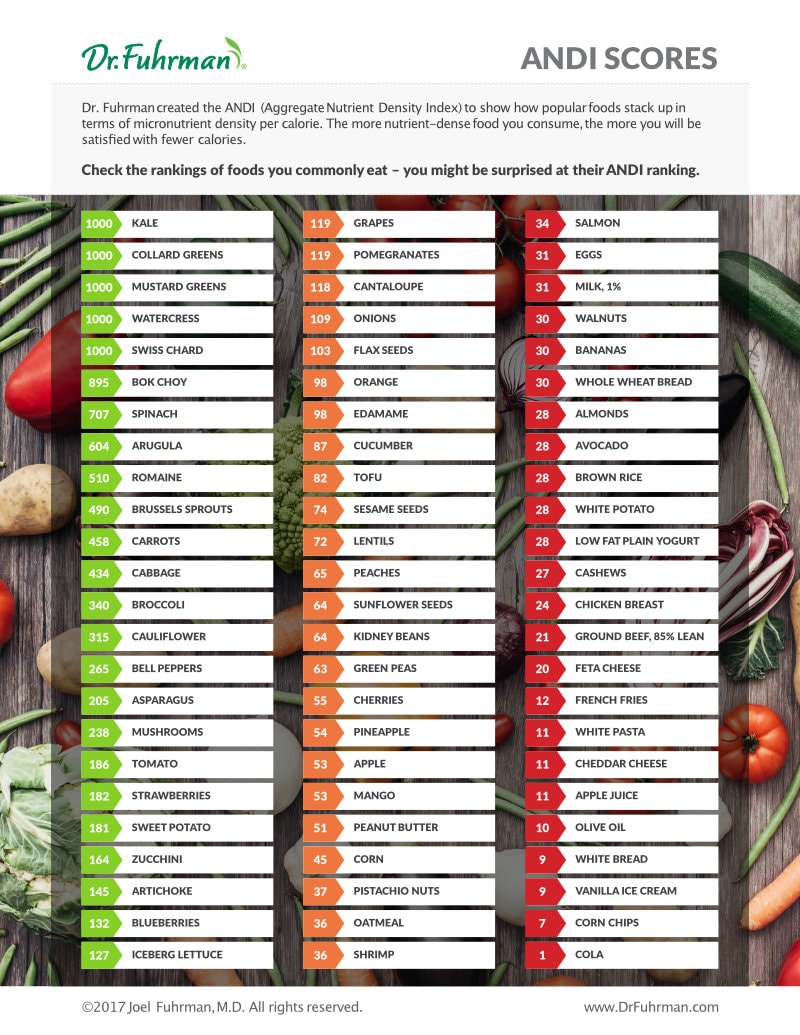A Decade to Remember Continues
As we focused on the continent of orphans, we realized that there were many more problems. These problems involved food security, nutritional deficiencies, contagious and deadly diseases. Incorporating all issues, we developed the idea of Growing Health as a solution for the world’s poorest continent.
Good news travels fast and that is what happened in 2009. For every community project we started, 3 other groups wanted us to help them. We learned very quickly that not all of the groups were serious about growing food, but some simply wanted whatever handouts were available.
What it Takes to Create 1 Pound of Food
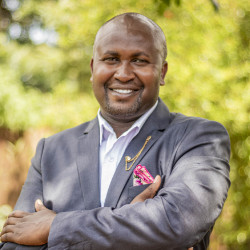
As Thrive expanded and transformed the lives in many communities, it also grew internally. In 2009, Thrive’s team grew by 2 important members. The first one being Ambrose Motian. Ambrose, a recent agricultural graduate, jumped on board to help end extreme poverty.
An interesting fact is that Ambrose’s mother was one of the first in her tribe to promote organic gardens in the ’90s. Now Ambrose would be doing the same – it’s wonderful to see how God works!
Ambrose started out with projects closer to his home which involved the Maissi tribe. The communities there became very interested in what Ambrose had to share as they only knew a life of caring for cattle. Therefore, these new ideas of growing food seemed to be a big transition for them.
During this time the Maissi tribe was struggling. They were faced with the challenge of finding enough water for their herds of cows. It is known that cows consume approximately 2,000 gallons of water to produce 1 pound of beef. Therefore, the tribe needed to gather lots of water in order to receive beef. Thrive had a better and healthier alternative which involved organic gardening. Ambrose was able to promote organic gardening as a solution to their struggle. Instead of gathering 2000 gallons of water needed for cows, they could reduce that amount to 20 gallons, as it is also known that most vegetables only need 10-20 gallons of water to produce the same amount of food, 1 pound.
Malaria No More
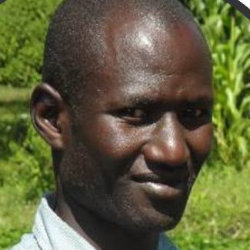
The second staff to join Thrive in 2009 was Douglas Naibei. Before joining the team, Douglas suffered from malaria 4 times a year.
Since living the Thrive’s way by eating greens every day, Douglas has been malaria free for more than 8 years.
Douglas’ role with Thrive involved creating more projects in the Kitale area where he could help others be freed from deathly diseases.
The year of 2009 finished off with 1 acre of land being purchased in Kitale for Boaz. Boaz used this land to build a simple mud home for his family of 4. Additionally, this land turned into a learning center as Boaz created many beautiful demonstration gardens.
Although lots of growth happened in 2009, Thrive struggled to get people to understand their ideas. For many, this new idea of food security was unheard of and seemed impossible. Drastically changing the way that they lived their everyday life was a challenge, but nothing that Thrive couldn’t overcome.
1 Village, 16 Deaths
The year 2010 involved the discovery of Thrive’s second big idea. The idea that organic gardens should not just grow food, but crops that would help to build people’s immune systems.
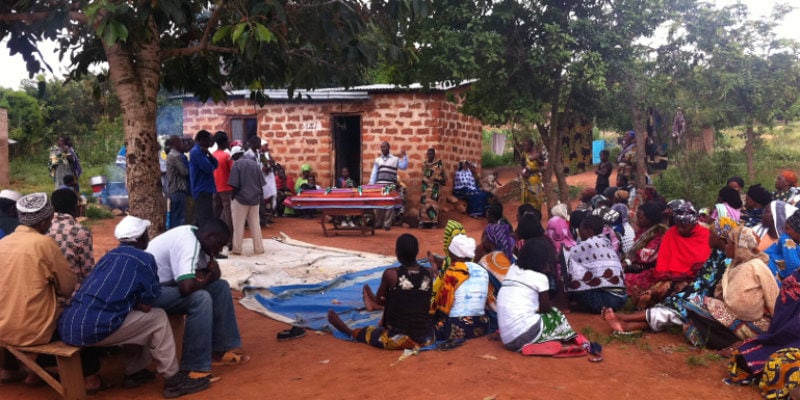
This idea came to the founder Dale Bolton when he started seeing the harmful effects of the serious tropical diseases in Africa. During a trip to visit a village, Dale was not greeted in the regular enthusiastic way which involved dancing and singing. Dale walked into a quiet village. A village that was mourning the deaths of 16 people. 16 people died in 1 day, in 1 village. This is when Dale knew that these people didn’t just need food security, they needed disease prevention and protection. Diseases like cholera, typhus, TB, pneumonia, dysentery, malaria and meningitis needed to be stopped.
To gain more knowledge, naturopathic doctors and holistic nutritionists were contacted. Mountains of information and books on the 21st-century idea of nutritional excellence to build immune function were received. Additionally, various international experts were invited to come and conduct seminars on nutritional excellence in Kitale, Kenya. Training materials started to be created that would be locally taught in the future. Thrive was on its way to growing health.
Kale is The New Beef
Another great discovery in 2010 was Dr. Joel Fuhrman’s nutrient density chart. A chart that shares the number of vitamins, minerals and plant chemicals in each food. People could see that the health-giving potential of white rice was almost 1% of kale. This chart was the best tool used to convince people that the food we eat can either heal or hurt us. O4O still uses this chart as the main teaching point in all of its current lessons.
Our staff began to communicate with local projects that certain foods could be used as medicine. Eating plants for health benefits was an idea that was completely foreign to Africa, but was needed! This encouraged us to continue our training programs and to discover more big ideas that could help the extreme poor.
Follow us on Facebook to find out how the rest of our story unfolds!
